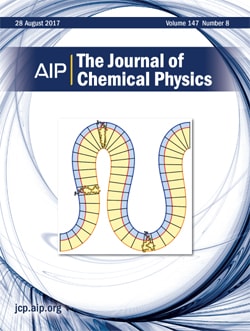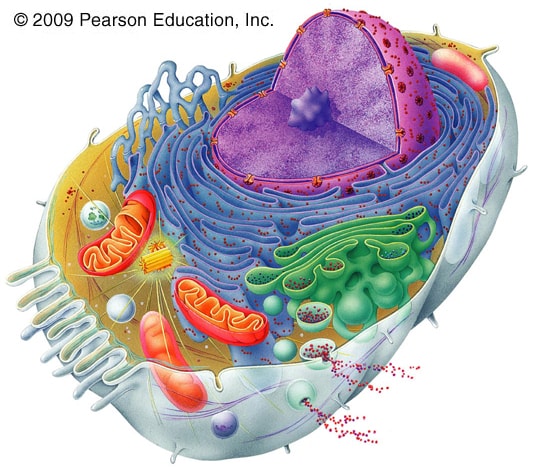A Better Model for Membrane Energetics
Chasing the Secrets of Internal Cell Organization
 The classical theory of membrane elasticity was developed by Helfrich about 40 years ago: it models a membrane as a structureless fluid surface whose energy is determined solely by geometry. But if we look more closely, we find that it matters how the lipids organize in those leaflets: in particular, their relative orientation with respect to the surface normal, their “tilt”, contributes to the elastic energy. Almost twenty years ago, Hamm and Kozlov [Eur. Phys. J. E 3, 323 (2000)] found a systematic way to include lipid tilt into membrane elasticity, and their theory has been very widely used ever since. However, CMU physics graduate student Mert Terzi and his advisor Markus Deserno recently discovered that this theory misses an important piece: a contribution to the energy that had been ignored—but shouldn’t have. In a recent publication that was featured on the cover of The Journal of Chemical Physics [J. Chem. Phys. 147, 084702 (2017)], they correct this mistake and explore the implications of this correction.
The classical theory of membrane elasticity was developed by Helfrich about 40 years ago: it models a membrane as a structureless fluid surface whose energy is determined solely by geometry. But if we look more closely, we find that it matters how the lipids organize in those leaflets: in particular, their relative orientation with respect to the surface normal, their “tilt”, contributes to the elastic energy. Almost twenty years ago, Hamm and Kozlov [Eur. Phys. J. E 3, 323 (2000)] found a systematic way to include lipid tilt into membrane elasticity, and their theory has been very widely used ever since. However, CMU physics graduate student Mert Terzi and his advisor Markus Deserno recently discovered that this theory misses an important piece: a contribution to the energy that had been ignored—but shouldn’t have. In a recent publication that was featured on the cover of The Journal of Chemical Physics [J. Chem. Phys. 147, 084702 (2017)], they correct this mistake and explore the implications of this correction.
The most exciting among numerous consequences is that the revised theory permits a direct measurement of an elastic constant that so far had been largely elusive—the so-called Gaussian curvature modulus. This modulus plays a key role in the significant energy change when membranes break off or rejoin other membranes, i.e., when they change their topology. Previously, the only way to measure this modulus was to experimentally study topology changes, for example when a spherical bubble surrounded by membrane splits into two, but this is technically difficult. In their paper, Terzi and Deserno show that the Gaussian modulus can be inferred from membrane shape fluctuates—instigated by random Brownian motion—and predict it could be measured by a variety of very well established experimental techniques using the framework of the refined theory. Thus, this new exciting development gives researchers a new tool to study the energetic requirements of membrane remodeling, and therefore a new window to study the biophysics of cells.
